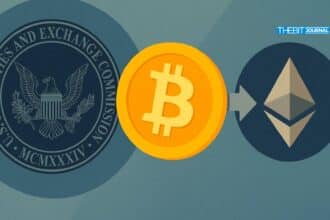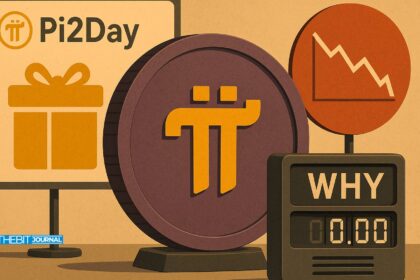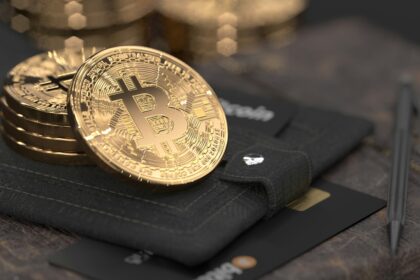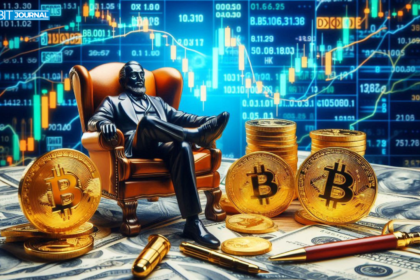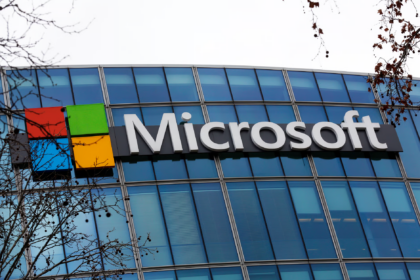Speculation Grows Over XRP’s National Role as Analysts Weigh Its Real-World Utility
Ripple’s XRP is back in the headlines—this time not just as a cross-border payment solution, but as a potential strategic reserve asset for the United States. Once considered an outsider in the digital finance race due to its legal battles, XRP is now being floated as a serious candidate for federal consideration, fueling heated debate within crypto circles and political corridors alike.
Behind the Buzz: Strategic Reserve Rumors Gain Ground
The speculation originated from private, high-level discussions earlier this year involving Ripple executives and unnamed U.S. government officials. While Ripple has remained tight-lipped about the meetings, several analysts suggest they were part of broader conversations around establishing a national digital asset reserve—a plan championed by Donald Trump under his 2024 campaign’s “Digital Asset Stockpile” initiative.
Financial strategist Connor McLaughlin commented on the matter:
“There’s potential upside if this is more than just an investment allocation. A genuine partnership between Ripple and the U.S. government, driven by XRP’s liquidity advantages, would mark a seismic shift in how the country views crypto infrastructure.”

XRP’s Strategic Edge: Speed, Scalability, and Utility
Unlike other crypto assets, XRP was designed with institutional use cases in mind. Its blazing-fast transaction speeds and near-zero fees make it ideal for high-volume international settlements. These traits have led many experts to call XRP a “digital bridge currency”—a term that may soon gain geopolitical relevance.
Should the U.S. move ahead with a national crypto reserve, XRP would be uniquely positioned to support financial system interoperability between central banks and digital payment rails.
From $2.23 to $2.99: XRP Reacts to Strategic Reserve News
Markets didn’t hesitate to respond. Within an hour of the news surfacing, XRP’s price surged from $2.23 to $2.99, reflecting a $44 billion increase in market capitalization. Traders flocked to the asset, anticipating long-term government backing.
This rally echoes past sentiment seen with Bitcoin ETFs and sovereign crypto adoption announcements, underscoring how state-level endorsements can dramatically shift investor behavior.
A Trump Card for Ripple?
Former President Trump has reiterated his stance on establishing a U.S. crypto reserve, mentioning Bitcoin, Ethereum, Solana, Cardano, and XRP as potential inclusions. While specifics remain scarce, insiders claim XRP’s utility and regulatory head start could give it an edge over more volatile assets.
Trump’s national crypto reserve plan has ignited political debate, with critics warning about the risks of state involvement in volatile digital markets. Supporters, however, argue that it’s a necessary step in asserting economic sovereignty in an increasingly digital world.

What’s Holding It Back?
Despite growing interest, regulatory clarity remains the elephant in the room. Ripple’s drawn-out legal battle with the SEC, though recently tilted in its favor, still casts a shadow of uncertainty over the token’s status.
Moreover, treasury officials and lawmakers remain cautious about integrating crypto assets into state-backed financial strategies due to concerns over volatility, custody, and cyber-risk.
Still, the tides may be shifting. As more jurisdictions implement crypto regulation frameworks, the notion of integrating digital assets into national financial systems no longer seems far-fetched.
Conclusion: A Ticking Clock on Strategic Crypto Integration
What seemed like wild speculation just a year ago is now being discussed seriously across boardrooms and policy panels. XRP’s inclusion in a U.S. strategic reserve isn’t just about price speculation—it’s a referendum on the future of digital value storage.
As the world inches closer to a digital financial order, one question remains:
Will XRP be the coin the U.S. bets on—or just another chapter in the crypto policy debate?
FAQs
What makes XRP a strong candidate for a strategic reserve asset?
XRP’s speed, scalability, and liquidity make it ideal for international settlement and financial system integration.
Has the U.S. confirmed XRP as part of its crypto reserve?
No official confirmation has been made, but internal discussions and market speculation suggest it is being considered.
Why did XRP’s price surge after the news?
XRP jumped from $2.23 to $2.99 in under an hour after the reserve discussions were revealed, reflecting investor optimism.
What’s Trump’s involvement in this?
Donald Trump proposed a “Digital Asset Stockpile” that may include XRP among other major cryptocurrencies.
Glossary
Strategic Reserve: Government-controlled stockpile of assets, traditionally oil or foreign currency, now possibly extending to crypto.
XRP: A digital asset built by Ripple Labs for fast, low-cost international money transfers.
Liquidity: The ease with which an asset can be bought or sold in a market without affecting its price.
Cross-Border Settlement: Financial transactions that occur between institutions or entities in different countries.
Digital Asset Stockpile: Proposed U.S. federal reserve of cryptocurrencies under Trump’s 2024 economic plan.


